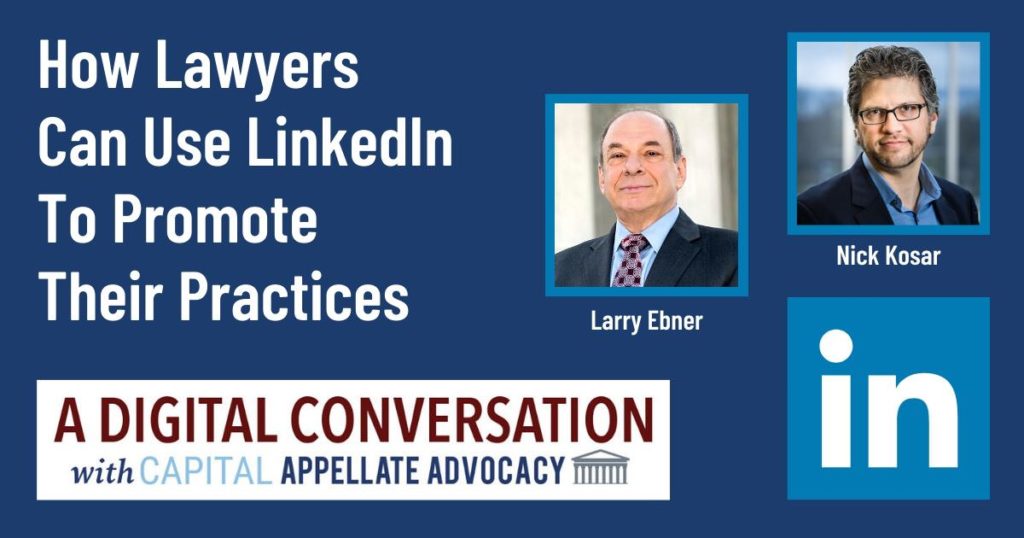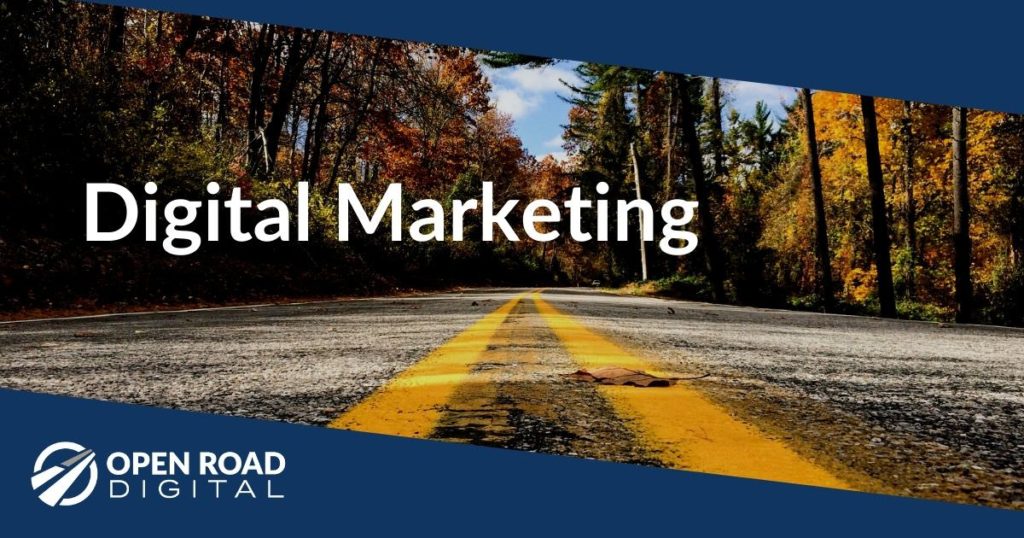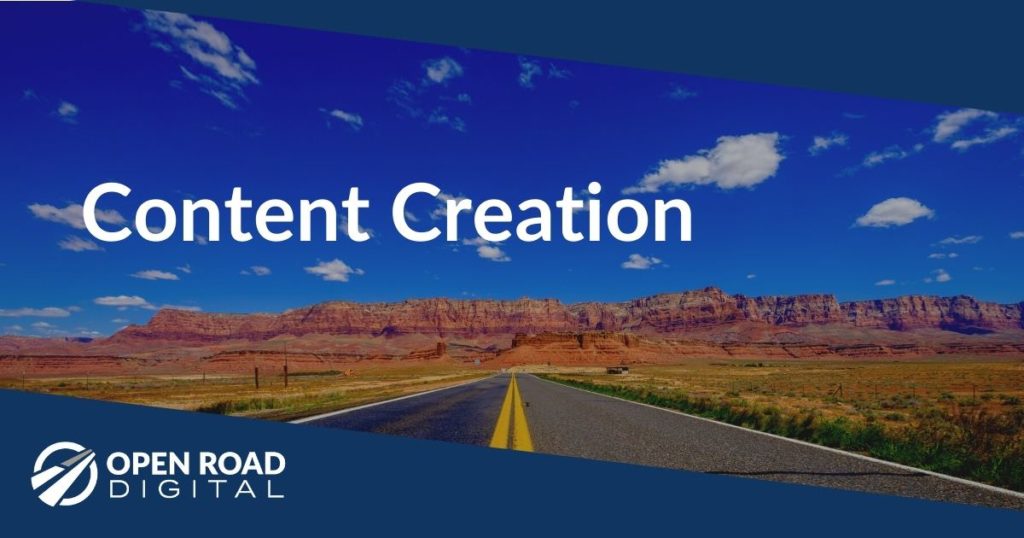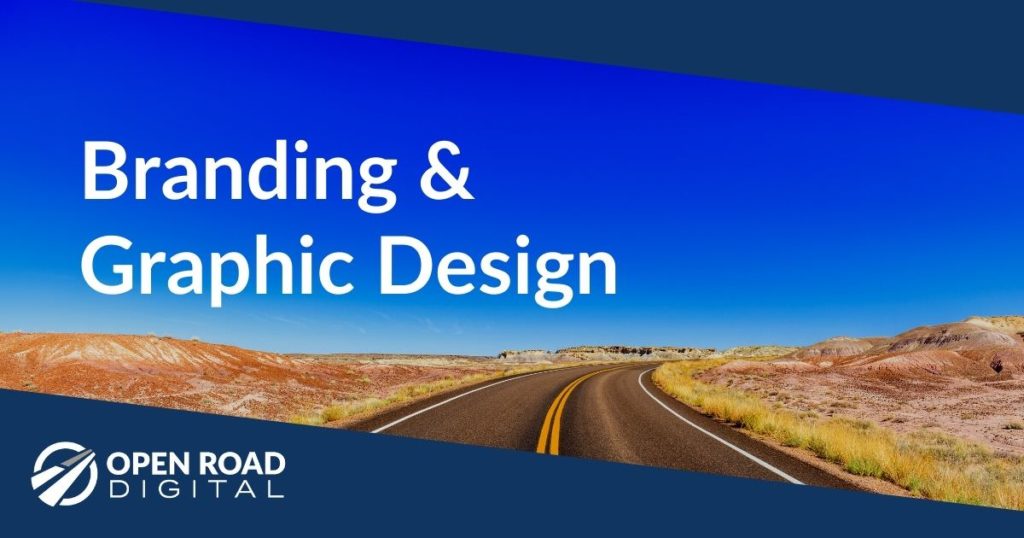Note: this interview was originally published on the Capital Appellate website.
Larry Ebner, founder of Capital Appellate Advocacy PLLC interviews Nick Kosar, a marketing and web design consultant who specializes in helping attorneys and law firms get their message out using digital and social media, especially LinkedIn.

Larry Ebner: Nick, you and I have been working together for more than a year to elevate my appellate practice’s visibility, especially on LinkedIn. Why do you consider LinkedIn to be the best social media promotional platform for lawyers—including appellate lawyers like me?
Nick Kosar: Before the coronavirus pandemic hit us, the level of networking and interaction on social media platforms like LinkedIn was steadily growing. LinkedIn was where more and more business people were spending their time to increase their visibility. Now, for the foreseeable future, digital life will replace in-person networking events. So it makes sense to invest time to be where the business is.
But why LinkedIn, specifically? We should remember that Microsoft purchased LinkedIn nearly four years ago for over $26 billion. That’s a big investment. Microsoft clearly sees value and potential in the LinkedIn platform. Compared to all the other social media platforms, including Facebook, Twitter, and Instagram, LinkedIn is the predominant digital network for business. Since legal sector clients—including in the appellate field—often come from referrals, it would be wise for lawyers to use the world’s premier business digital network to the best of their ability.
Larry Ebner: What makes LinkedIn different from other social media?
Nick Kosar: I’d like to start at an even more fundamental level by pointing out that social media is different from traditional “broadcast” media. Much of the workforce, from baby boomers to GenXers to Millennials, were raised in a broadcast world. Network and cable TV, early dial-up internet, newspapers and magazines—these are all forms of broadcast media, in which a relatively small number of people produce, promote, and disseminate their own content, and everyone else consumes it.
In contrast, “social” media is self-participatory, interactive media. On social media, there are two things everyone does: They not only consume content, but also create it.
On LinkedIn, for example, you can easily and inexpensively “produce” by sharing valuable and even lighthearted content. In the old days, it was more expensive and onerous to be a producer of content. But on social media even the process of “consuming” others’ content creates value for oneself.
LinkedIn is a great place to monitor and learn more about your clients and prospective clients, their businesses and industries, and your referral network. When you give a “Thumbs-Up” to, “Comment” on, or “Share” a client’s content, they will know that you did so. It is an opportunity to interact with them by demonstrating your interest in what they have posted. I cover this topic in an article titled “Listening: The Most Underrated and Underpracticed Activity Online.”
Because many of us grew up in a “broadcast” world, we naturally expect that if we share our content on LinkedIn, everyone will immediately see it. But social media doesn’t work that way—the real value comes from doing everything we can to proactively interact with others, not merely broadcast to others.
Larry Ebner: What makes LinkedIn a better digital networking platform for lawyers than Facebook, Twitter, and other social media platforms?
Nick Kosar: For so-called “B2B” sectors such as the legal profession, Facebook is not as relevant. It is mainly viewed and used as a personal network for friends and family, not a place where business’s “brands”—including individual professionals’ “brands”—can market their services. The same is true for Instagram, which is a photo-based social network that makes it difficult for lawyers to express their knowledge and insight. I think that Twitter can be an excellent platform for lawyers to interact with other thought leaders, but it is not for everyone. Of all of these platforms, LinkedIn is a place where “business” is the expected focus of discussion and interaction.
Larry Ebner: Since LinkedIn should be our primary social media focus, what is on your shortlist of LinkedIn setup basics that every attorney should follow?
Nick Kosar: As to LinkedIn setup basics, I think it might be more illuminating for your fellow lawyers to hear from you. I know that you make great use of your own LinkedIn page. What do you think are the “first steps” that every lawyer should do on LinkedIn, in your experience?
Larry Ebner: Okay. Since you asked, here is my list of basics for every attorney’s LinkedIn page:
- Use a current, professional headshot and appropriate “masthead” background.
- Use a short headline that highlights you and your practice.
- Provide a hyperlink to your law firm.
- Use the “About” section to describe your practice focus, experience, and skills in greater depth, emphasizing the value that you bring to clients.
- Also complete the other LinkedIn profile sections such as “Featured,” “Work Experience,” “Skills,” “Education,” and “Publications.” Provide links to as many of your publications and speaking engagements as possible.
- Invite as many of your clients and other contacts as possible to join your LinkedIn network as “first-degree connections.” Include a short note in the LinkedIn
invitation box rather than just pressing the “Connect” button. - In Settings, make your LinkedIn profile available to “anyone,” not just your connections.
Beyond these initial steps, what are some of the more advanced LinkedIn features that attorneys should use to make their LinkedIn presence dynamic rather than static?
Nick Kosar: Reid Hoffman, a co-founder of LinkedIn, recently stated that “I actually started LinkedIn to make it easier to find the person who could introduce you—your network is much bigger than you think, in terms of trusted connections.” In other words, don’t spend time on LinkedIn thinking that you will immediately find clients. That’s not the way the world has ever worked, especially for lawyers. Rather, by interacting with others on LinkedIn, you expand your trusted network. Your LinkedIn network is your online referral network, and referrals have typically been the lifeblood of client development for appellate attorneys and for the legal profession in general.
I suggest that in addition to using LinkedIn on your computer, you download the LinkedIn app to your smartphone. Stay permanently logged in. Take five or ten minutes each morning to scroll through your news feed to see what your connections are up to. You’ll learn something. React constructively to what your network is doing—such as by commenting on or sharing their posts. You can also “Follow” individuals who publish interesting content or with whom you might like to work in the future. You also can follow their companies, firms, or organizations.
The people and companies/firms/organizations that you follow will appear in your LinkedIn news feed. It’s a steady stream of information about what your network is doing.

Larry Ebner: We’ve covered the basic setup of LinkedIn and how to pay attention to the people in your network. Now let’s take this discussion to the next level. One thing you helped me realize is that actively posting content on LinkedIn is a way to maintain and increase my professional visibility, and deepen my interactions with people in my network and even other LinkedIn users. Would you describe how lawyers can do this?
Nick Kosar: Adam Grant, an author and organizational psychology professor at the University of Pennsylvania’s Wharton School, states that “research shows that mastering your craft helps you build connections . . . [people stand] out because [they] excel at their job.” Sharing your expertise on LinkedIn reminds your network of your qualifications and puts you in a better position to get a client referral when the time is right. Sharing content—such as an article or case alert that you have written—is straightforward: Click on the “Start a post” link, paste the link to your article or content into the window, and add a message summarizing the content. Then click the Post button to share it with everyone, or at least with your network of first-degree connections – those you have officially connected with. The more you do this, the better you will get at sharing interesting content.
Larry Ebner: What about incorporating photos or graphics into posts, including those that take the reader back to your own website? And is tagging another useful technique?
Nick Kosar: I have a saying: “On the internet, no one reads anything. They just look at stuff.” That’s not really true. Millions of people read serious articles and content online every day. But what is true is that we need to entice and attract people to our content, and the easiest way to do that is to make content visually attractive. Photos and other images attract the reader’s attention. Infographics, which are visual representations of topics with minimal text, present particular topics to readers so that they can “consume” the information quickly, in a visual manner. The LinkedIn “Post” box includes options to upload photos or other graphics.
Tagging is a technique that helps drive engagement, or interaction, between you and other LinkedIn users.
For example, if you write about a topic that involves particular lawyers or organizations, you can “tag” them in a LinkedIn post so they receive a notification that they were mentioned. Tagging is like a digital tap on the shoulder and helps your content get noticed and distributed more widely on LinkedIn. As you can see, tagging someone else is a social tool, not a broadcast tool. Your recent LinkedIn post about your Law360 “Coping With the Pandemic” interview is an excellent example of tagging that has garnered you more than 1,000 views.
Larry Ebner: Are “personal interest” items also appropriate for LinkedIn?
Nick Kosar: Yes! For example, I’m thinking of your recent LinkedIn post about how Chopt Creative Salad Company featured you on their Instagram site.
Larry Ebner: Aside from posting, how can attorneys “go deeper” with their LinkedIn contacts?

Nick Kosar: This is so easy to do! After you post an article on LinkedIn, you will find that your connections, or others, may “like” or comment on the article. This is where you should go “deeper” by using those simple interactions as opportunities to reach out.
A few days after publishing a post on LinkedIn, you should reach out to the people who interacted with your post and catch up with them. The LinkedIn email/messaging feature is the perfect place to do this. For contacts you know well, it’s an opportunity to thank them, ask how they are doing, reconnect, or even schedule a phone call. For example: “Joe, I noticed you liked my article the other day. Thanks . . . ” For those you don’t know, you might just want to say “thanks” and send them a connection invitation. If you do this with a hundred people over the course of a year, think how that will benefit you down the road.
Of course, post-pandemic, these interactions on LinkedIn should also lead to in-person meetings with your network.
Larry Ebner: As we wrap up our discussion, can you suggest any other ways that appellate attorneys in particular can optimize their use of LinkedIn?
Nick Kosar: Appellate lawyers are legal writing experts. They can and should showcase their written work by linking to, or posting, their best legal briefs, as well as any articles or blogs that they write. I have learned from working with you that DRI provides attorneys with excellent opportunities not only to author and publish articles, but also to disseminate them via LinkedIn. On example is how you posted your “Email Do’s and Don’ts For Lawyers,” which then was published in DRI’s Voice newsletter.
It also is possible to use LinkedIn to post video or audio links to oral arguments in appellate courts.
Another thing that I am a huge fan of, and that you have experience with, is the “co-creation” of content. What does that mean? I’ve worked in the legal marketing field for two decades and the norm is for attorneys or law firms to self-publish an article on their own website and “blast” this content to the internet (via social media and email) for all to see. But what very few people do is create web-based discussions—interviews or “roundtables”—with other attorneys and professionals. In other words, content written by multiple authors from multiple firms and organizations.
Your recent “digital roundtable” with boutique law firm leaders is a good example.
By “co-creating” an article or discussion, it becomes an ideal way both to create trust between you and your professional colleagues, and promote this content to wider audiences in the collaborative environment of social media. If you co-author a piece with Attorney X and Attorney Y, they will be incentivized to share your content with their own audiences. It is the kind of activity that increases the probability that lawyers will be retained for work—a goal that we business development consultants share with lawyers!
Larry Ebner: Thanks, Nick, for sharing some of your expertise on legal marketing via LinkedIn. Can readers of this interview email you with any questions they may have?
Nick Kosar: Yes. I am always happy to discuss with lawyers how social and digital media can benefit them. Every lawyer and law firm has a unique identity and should approach digital marketing in ways that suit their practice and personality. I work with lawyers on the full range of activities in the digital marketing space, including building or “optimizing” websites, creating content, establishing social media accounts, and training and coaching. You can email me at nick@openroaddigital.net or find me on LinkedIn. Thank you, Larry.
This interview is adapted from the version that originally appeared in the Spring 2020 edition of the DRI Appellate Advocacy Committee’s Certworthy newsletter under the title “How Appellate Lawyers Can Use LinkedIn to Promote Their Practices.”




